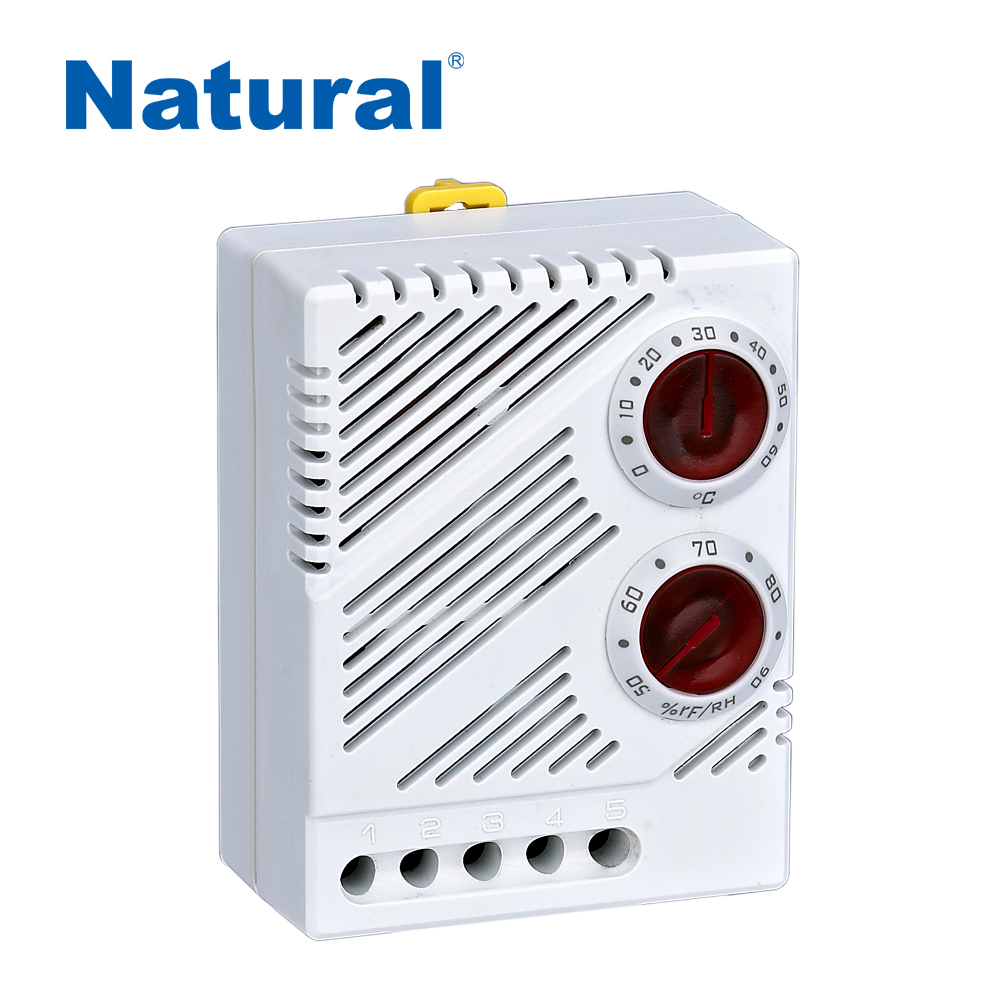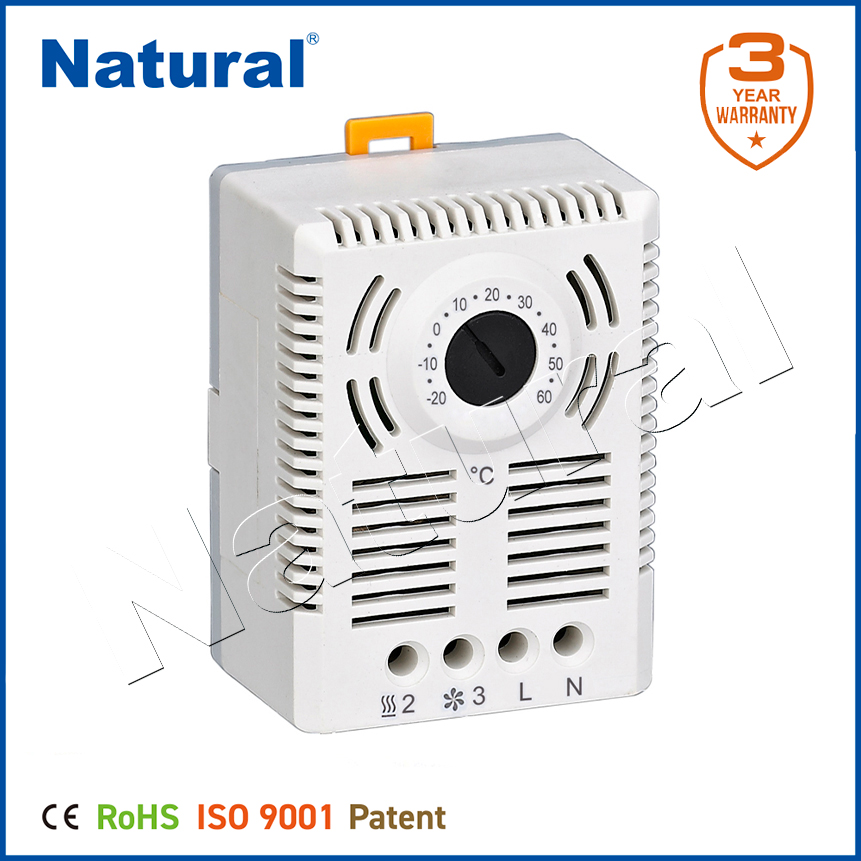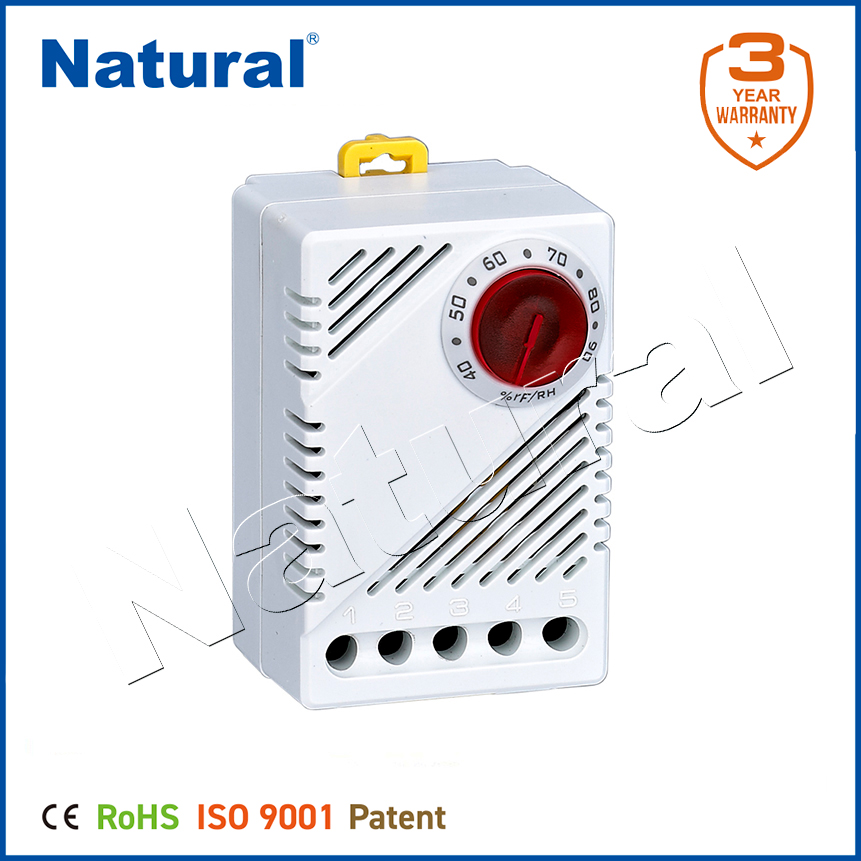An electronic hygrostat is an essential device that plays a pivotal role in regulating humidity levels within a specific environment. It is often employed in a wide range of applications, including HVAC systems, industrial settings, museums, greenhouses, and homes, to ensure optimal conditions. As technology has evolved, electronic hygrostats have become more accurate, efficient, and versatile in their applications, offering enhanced control over humidity, which is a key factor in maintaining comfort, preserving materials, and supporting various processes.

What is an Electronic Hygrostat?

At its core, an electronic hygrostat is a type of humidity control device that uses electronic sensors to measure the relative humidity (RH) within a space and adjusts it to the desired levels by activating or deactivating a humidifier, dehumidifier, or ventilation system. The term “hygrostat” is derived from “hygro,” meaning moisture, and “stat,” referring to control or regulation. Unlike traditional mechanical hygrostats, which rely on physical components such as a bimetallic strip to detect humidity changes, electronic hygrostats utilize advanced digital sensors that provide precise and real-time monitoring of environmental conditions.
